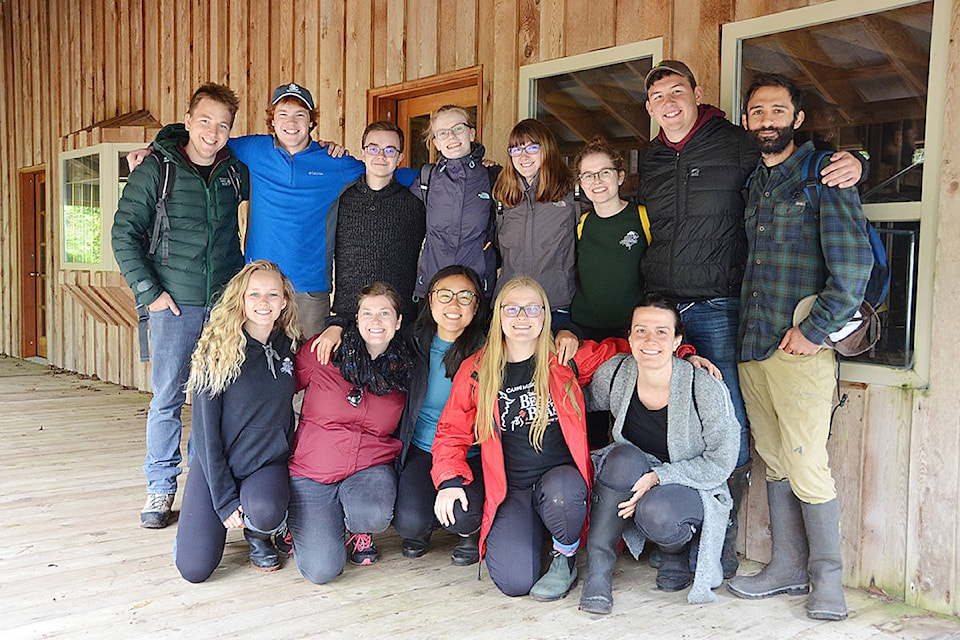By Anna Buck
Carihi Mirror
Nine Grade 12 students from Carihi secondary school were recently given an experiential educational opportunity: a trip to the Cedar Coast Field Station on Vargas Island, B.C.
The field trip was a first for Carihi science teacher Thomas Diesch, coordinator of this and other learning experiences, including a trip to the Bamfield Marine Sciences Centre earlier this school year.
“When we went to Bamfield in the fall, there was such positive feedback… for these types of learning experiences, so I [decided] to plan another for the spring. There’s so much value in being able to offer this kind of trip,” says Diesch.
The trip ran from May 31 to June 4, and the weekend was a busy one for students. Some of the activities included were a microplastics survey with staff from the Ucluelet Aquarium, a salmon seine and plankton tow, and reconciliation work on the Keltsmaht reserve.
Although many of the activities were focused on science, the trip was not strictly for students who plan on pursuing a career in the field.
“It does have a bit of a science feel to it. [But] I really tried to open it up to more than that, and the experiences are much more than just science-based,” says Diesch.
“Every type of learning can be enriched by being in a different space. If you’re really into poetry or something, sitting on the beach or in the forest and writing poetry is very different from sitting in a classroom and writing poetry, right? So I wanted to support that kind of learning as well.”
Students felt that their experiences working at the CCFS gave them the chance not only to learn from, but to make a contribution to the program. They also found it a relaxing experience, and a welcome break from working in the classroom. For Diesch, watching Carihi’s students be a part of a research environment doing hands-on work with staff was a rewarding experience.
“For the first time, maybe, for many of our students they felt more like peers with these adults in a research setting… instead of [a] teacher-student situation,” says Diesch.
“That’s really rewarding for the students to be able to feel that way, and also for the staff to feel like the students are really contributing.” Diesch also praised students for their positivity during the trip.
“Their days were packed, they were very busy, yet they all had smiles on their faces, they were all engaged, nobody complained about the weather when it was pouring… I think that’s pretty powerful.”
Grants from the Pacific Salmon Foundation and Habitat Conservation Trust Foundation made this trip possible.
Diesch hopes to make the Vargas Island trip a yearly one for Carihi, and will continue to look for similar opportunities to offer students.
“There’s only so much we can do in a classroom,” says Diesch. “It’s really cool that people are supportive of stuff like this… [because] this is really what learning can look like.”
